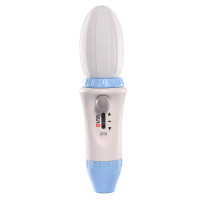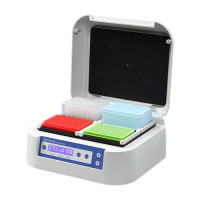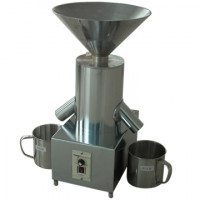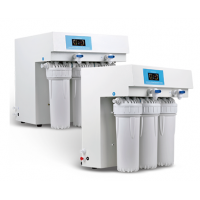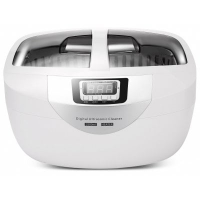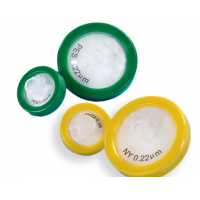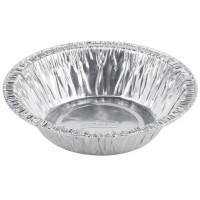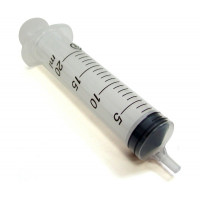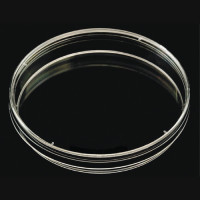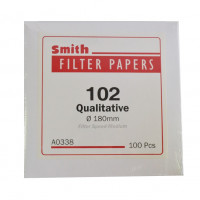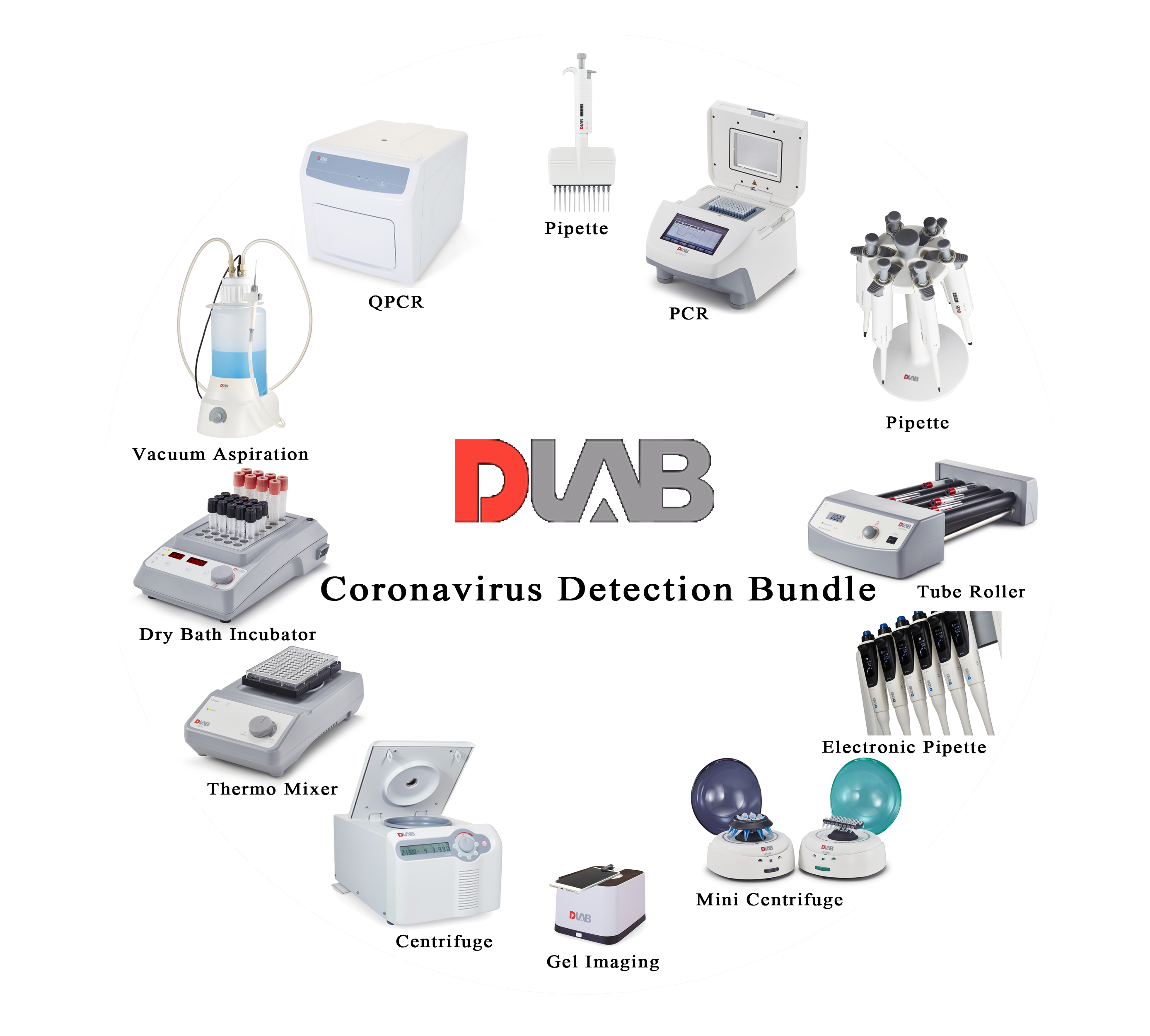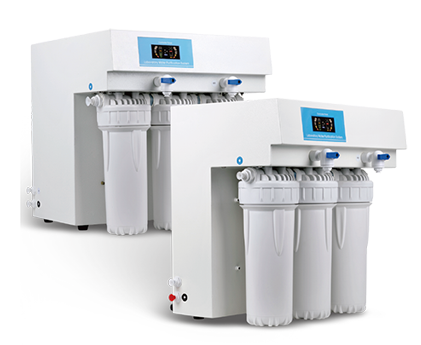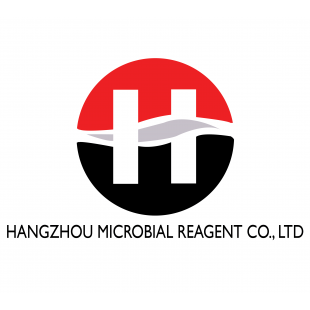Ask Question About Product
Description:
Our Methyl Red (MR) Reagent is an indicator solution used to indicate the pH of the broth culture in the methyl red test. The methyl red test is used to detect the ability of an organism to produce and maintain acid end products from glucose fermentation. The test is useful for differentiating among members of the Enterobacteriaceae, and is usually performed alongside the Voges-Proskauer (VP) test since both test are performed on cultures grown in MRVP Broth. The methyl red test is a quantitative test that measures the amount of acid produced by different bacterial species. All members of the Enterobacteriaceae can convert glucose to pyruvic acid by the Embden-Meyerhof pathway, but bacteria can further metabolize pyruvic acid by two different pathways. Organisms metabolizing pyruvic acid by the mixed acid pathway will produce more acid end products, such as lactic acid and acetic acid, and maintain an acidic environment. The acidic pH produces a positive methyl red reaction and the color of the broth appears red or pink after the addition of Methyl Red Reagent. Organisms metabolizing pyruvic acid by the butylene glycol pathway will produce neutral end products, such as acetoin and butanediol, which will raise the culture back to a neutral pH. The neutral pH results in a negative methyl red reaction, and the broth appears yellowish-orange after the addition of Methyl Red Reagent. When using MR-VP Broth, the VogesProskauer test can be performed after 24 hours of incubation, but the methyl red test requires the broth be incubated a minimum of 48 hours prior to testing. Some researchers recommend a 3 to 5 day incubation period
Specification:
10ml/bottles

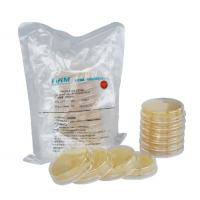
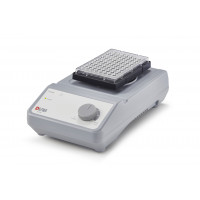
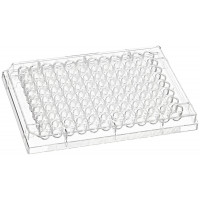
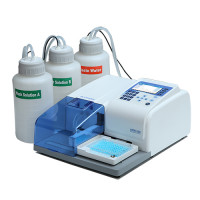
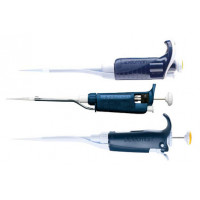
-200x200.jpg)
